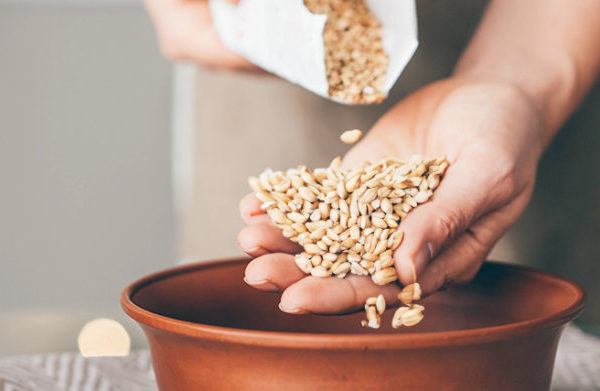
SHA Magazine Healthy Nutrition
Why red meat is not part of SHA nutrition
Eating red meat is linked to several health problems and its production is resource-intensive and polluting.
At SHA Wellness Clinic we understand health not only as the absence of illness, but also as a state of complete physical, mental and spiritual well-being, in harmony with the environment. For this reason, our food model does not include any products derived from the meat industry, one of the most polluting industries on the planet.
Sustainable nutrition
Meat production demands an enormous amount of resources and is highly polluting. In other words, it is not sustainable.
According to the UN Food and Agriculture Organisation (FAO), animal feed consumes 95% of the world’s soybean production and 44% of cereal production, and, according to the US Department of Agriculture, half of the world’s fish is used to make animal feed.
More facts: meat production consumes 25 times more energy and natural resources than producing the same amount of plant protein; for every 16 kilos of cereals and pulses used to feed cattle, only one kilo of meat is produced; 10 hectares of legumes could feed 61 people a day, while the same area used to feed cattle only provides food for two people; one hectare of soy produces five kilos of vegetable protein that would feed 70 people a day, but the same amount of soy used to feed cattle provides half a kilo of meat, i.e. the daily serving for three or four people. In short, livestock production consumes an amount of food equivalent to the calorie needs of 8.7 billion people, which is more than the current world population.
Moreover, water, an essential resource for life, is becoming increasingly scarce. To produce one kilo of meat, rice or wheat requires 20,000, 454 and 227 litres of water, respectively. In addition, livestock production pollutes water ten times more than humans and three times more than industry. Every second, 125 tonnes of waste are produced from industrial livestock and meat production, polluting rivers and producing toxic gases such as ammonia, methane and carbon dioxide, which affect the ozone layer and contribute to the greenhouse effect. Every year, 300,000 square kilometres of forest are cleared to create grazing land for livestock, accelerating the desertification of the planet. All these facts corroborate what we already know: what we eat not only has a direct impact on our health, but also on the environment.
Healthy nutrition
In 2015, the World Health Organisation published a report linking the regular consumption of red meat and processed meat to an increased risk of different types of cardiovascular disease, such as hypertension and cholesterol, and cancer. Although this report did not advise against eating these foods, it did recommend moderating their consumption to once or twice a week. Mario López, nutritionist at SHA Wellness Clinic, explains that ”the SHA nutrition model does not include meat because we only use foods that we know do not have a negative impact on health and that allow the body to recover, regenerate and purify itself naturally. It is therefore based on whole grains, pulses, seasonal fruit and vegetables, seeds, nuts and seaweed, in other words, on foods that provide the body with the nutrients it needs to function properly, but without any of the health problems associated with eating meat”.
If you are thinking about giving up red meat, you should replace the nutrients you get from eating meat with plant-based ones. As Mario tells us, ”meat is a source of protein (representing almost 20% of its weight), saturated fats, B vitamins and minerals such as iron, zinc, potassium and phosphorus. If you decide to cut it out of your diet, you should increase your intake of plant-based proteins, which you will find in nuts, whole grains, pulses and their derivatives, such as tofu, tempeh and seitan. Each of these food groups contains amino acids, but not enough for the body to form its own protein, which is why it is necessary to combine at least two of them on the same day. You can get fats from olive oil, avocado, nuts such as almonds and hazelnuts, seeds such as soy and chia seeds, and oily fish. Green leafy vegetables such as chard and spinach, seaweed, whole grains such as millet, and nuts such as walnuts are a good source of minerals. However, it is important to increase your vitamin C intake because it promotes the absorption of iron from plant sources”.





